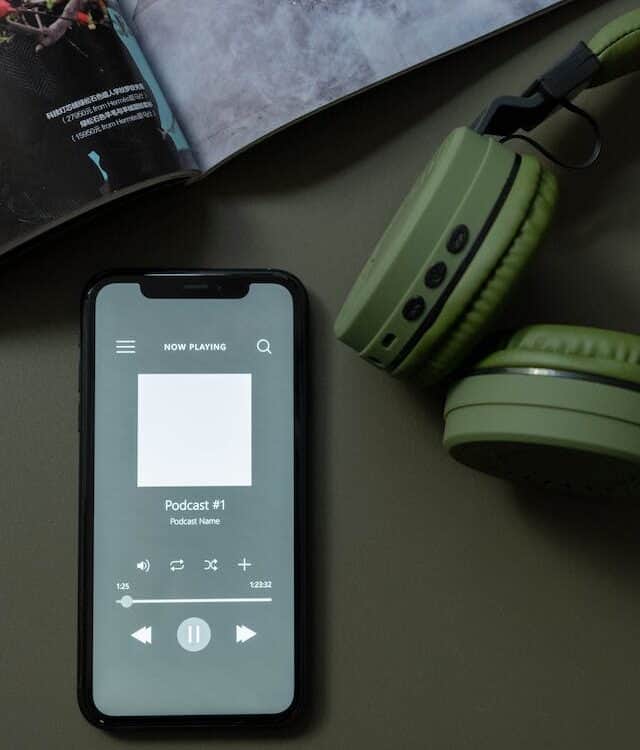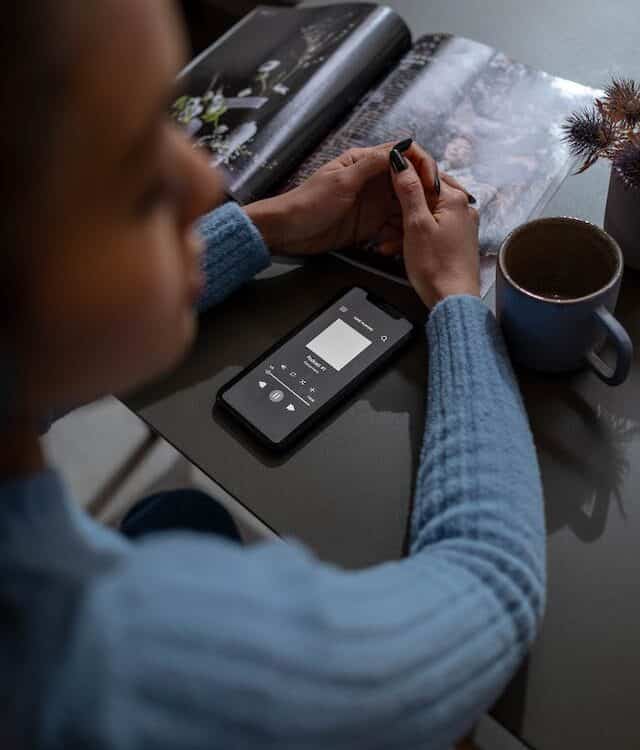
SBRN at #ACSM13
May 28, 2013
New Study: Sitting-time, physical activity, and depressive symptoms in mid-aged women.
September 9, 2013Today’s guest post comes from PhD student Bethany Howard. You can find out more about Bethany at the bottom of this post. The study that she is discussing was recently published in MSSE, and can be found here.
I am sure by now you have all heard the messages to avoid your chair and the increased risk of premature death it may be kindly bestowing on you. Indeed there are slogans out there such as “your chair is sending you to an early grave”, “make a stand”, “sitting is the new smoking” and big corporations that promote this important rapidly evolving area of research – that is the study of the health consequences of “too much sitting”.
What do we know?
It’s important to appreciate that these messages about the hazards of sitting are not entirely new – as early as the 1950’s physicians were advocating breaks from sitting. Homans (1954) suggested that the “Such matters are important enough to suggest the advisability of making movement of the toes, feet and lower legs when one is sitting for long periods and of getting up and exercising when opportunity offers.” Such recommendations were drawn from cases of thrombosis – the formation of a blood clot that obstructs blood flow – with prolonged sitting at the theatre, whist watching TV and during travel.
Today the research initiated from such early work is now evident in the recommendations when we fly. For those of you who are avid jetsetters you will be familiar with the announcement to “get up and move around to reduce the risk of deep vein thrombosis (VT)”. There is now evidence to suggest that this increased risk extends to prolonged bus travel and prolonged workplace sitting. But the question we wanted to ask with our experimental study published recently in Medicine & Science and Sports & Exercise was:
What are the potential reasons for this increased risk?
Virchow describes three components that contribute to the risk of VT, known commonly as Virchows Triad: Impaired blood flow, Hyper-coagulation and Disturbed Endothelium. Of these, there is substantial evidence linking sitting to impaired blood flow, limited evidence on hypercoagulation and little or no evidence for possible effects on the endothelium. The majority of studies that have been conducted in this area have focused on air travel. Although high amounts of sitting are present, air travel does not provide the typical environment in which sitting accumulates in our daily lives.
What did we do?
In order to address these knowledge gaps, we used an experimental study design to examine the effects of sitting (uninterrupted) on markers of thrombosis, specifically markers that relate to clot formation (through haemostasis) and blood viscosity.  We then compared these effects to interrupted sitting, to assess whether breaks involving walking were indeed effective at reducing thrombotic risk. To do this we undertook an acute randomized cross-over trial design with subjects being their own controls. The trial consisted of 3 conditions all of which lasted for 7 hours:
We then compared these effects to interrupted sitting, to assess whether breaks involving walking were indeed effective at reducing thrombotic risk. To do this we undertook an acute randomized cross-over trial design with subjects being their own controls. The trial consisted of 3 conditions all of which lasted for 7 hours:
1) Uninterrupted sitting
2) Sitting interrupted by light-intensity walking breaks
3) Sitting interrupted by moderate-intensity walking breaks
The two different intensity activity break conditions were incorporated into the study design to determine if there is an intensity effect of the breaks. That is, for a benefit to be seen, do the breaks need to be of a higher intensity? Earlier observational work from our group using objective activity monitoring suggested that the intensity wasn’t as important – having breaks, and frequently seemed most important.
What did we find?
For the common blood viscosity markers (plasma volume, hematocrit, hemoglobin, red blood cells) breaks were beneficial irrespective of the intensity. That is, with the introduction of breaks in sitting time blood viscosity appeared to be reduced. This is likely to have improved blood flow, one of three elements of Virchows triad.
The novel finding of our study however, was the impact on thrombotic risk markers. The major thrombotic risk (and also cardiovascular risk) marker is fibrinogen. Fibrinogen is a protein involved in platelet aggregation, clot formation and a key determinant of blood viscosity. Following prolonged uninterrupted sitting fibrinogen increased. This effect was attenuated by light but not moderate-intensity activity breaks in sitting. The attenuation was somewhat small however, there were individuals who responded much more than others, with the greatest difference between the uninterrupted sitting and light breaks being as high as 1g/l (A 1 g/l change in fibrinogen has been linked to an approximate doubling of risk of heart disease and stroke).
As mentioned we did not see a difference (compared to uninterrupted sitting) for fibrinogen with moderate-intensity breaks. In the paper we rationalized this by suggesting that the higher intensity may have caused an acute inflammatory effect. Although, as is the case with exercise this is likely not deleterious.
What does this mean?
Our findings add to the evidence for an increased thrombotic risk when sitting. They suggest that not only may impaired blood flow be involved, but that changes in fibrinogen could contribute. Importantly we found that short, frequent light-intensity walking breaks were effective at reducing the increased thrombotic risk. Such breaks provide a practical and feasible method of reducing sitting time in the many places in which sitting accumulates (in the office, whilst watching TV). Not many people want to work up a sweat every 20 minutes, but a light stroll is something that most people can do comfortably. In addition to getting up on the plane, a simple, somewhat less scary and more truthful message than “your couch is killing you” that we use in our studies and that you can use every day is to “Stand Up, Sit Less, Move More”.
Reference:Impact on Hemostatic Parameters of Interrupting Sitting with Intermittent Activity. Howard BJ, Fraser SF, Sethi P, Cerin E, Hamilton MT, Owen N, Dunstan DW, Kingwell BA. Med Sci Sports Exerc. 2013 Feb 22. [Epub ahead of print]
About the author: Bethany Howard is a PhD student at the Baker IDI in Melbourne Australia and an avid rower. Her current research focuses on sedentary behaviour, with sub-disciplines in vascular physiology and women’s health.
This post was originally published at Obesity Panacea.




